
The associate professor in the Department of Rehabilitation Medicine at NYU Langone discussed a recent study on a new tool aimed at quantifying movements during stroke rehabilitation.

The associate professor in the Department of Rehabilitation Medicine at NYU Langone discussed a recent study on a new tool aimed at quantifying movements during stroke rehabilitation.
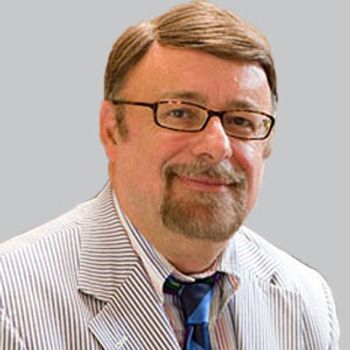
Over a 12-week treatment period, brexpiprazole demonstrated statistically significant improvements on the primary and secondary end points compared with placebo.

Among a large cohort of outpatient and inpatient individuals, the risk of Alzheimer disease, Parkinson disease, ischemic stroke, and intracerebral hemorrhage were all elevated after infection, with stroke risk increased compared with other respiratory infections.
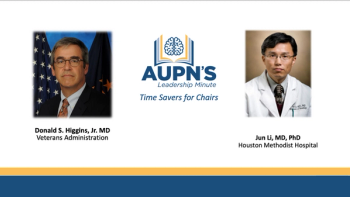
Episode 23 of the AUPN Leadership Minute features Donald S. Higgins, Jr., MD, of the VHA and Albany Medical College; and Jun Li, MD, PhD, of Houston Methodist Hospital. [WATCH TIME: 3 minutes]

Ocrelizumab (Ocrevus; Genentech), an anti-CD20 treatment FDA-approved for progressive MS, was shown to reduce thalamic volume loss, with even greater outcomes when initiated earlier.
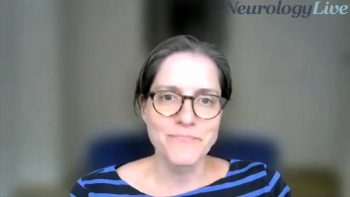
The associate professor in the Department of Rehabilitation Medicine at NYU Langone provided commentary on when the PrimSeq digital tool could see substantial impact on rehabilitation for stroke survivors and other neurological diseases. [WATCH TIME: 4 minutes]

During months 36 and 48 on open-label cenobamate treatment, 76.4% and 51.8% of patients achieved seizure reductions of at least 50% or 75%, respectively.
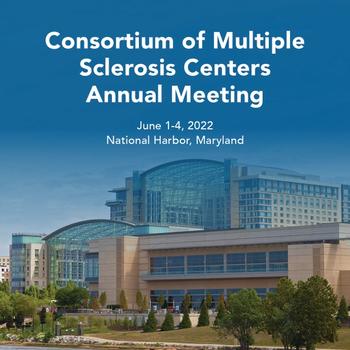
The NeurologyLive® team has compiled a roundup of our discussions with leaders in the multiple sclerosis field following the 2022 Annual Meeting of the Consortium of Multiple Sclerosis Centers (CMSC).
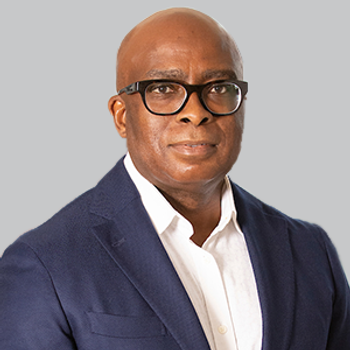
In total, 100% and 93% of those in the SMN two- and three-copy cohorts achieved the primary end point of sitting independently for at least 30 seconds after 18 months of treatment.
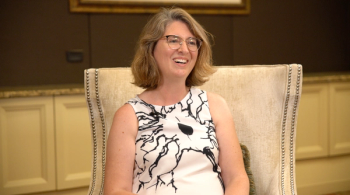
As the individualized needs of patients are further prioritized in Parkinson disease care, the director of the Parkinson’s Disease and Movement Disorder Program at Global Neuroscience Institute shared her perspective on shared decision-making. [WATCH TIME: 4 minutes]

Net improvement of 1 grade or more on Extended Glasgow Outcome Scale was observed in 30.4% of the surgical group compared with 14.5% of those on standard medical care.

The head of the MS center at University Hospital Basel provided insight on the role of BTK inhibitors and how the multiple sclerosis community views the potential of neurofilament light as a key biomarker of neurodegeneration. [WATCH TIME: 3 minutes]

Here's what is coming soon to NeurologyLive®.
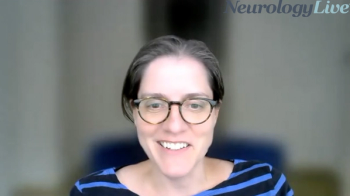
The associate professor in the Department of Rehabilitation Medicine at NYU Langone discussed the current methods of prescribing rehabilitation and why a new digital tool can improve them going forward. [WATCH TIME: 3 minutes]

Test your neurology knowledge with NeurologyLive®'s weekly quiz series, featuring questions on a variety of clinical and historical neurology topics. This week's topic is Alzheimer disease and dementia.

The director of the Parkinson’s Disease and Movement Disorder Program at Global Neuroscience Institute discussed the importance of a multidisciplinary approach to movement disorders and the hot topics of conversation at ATMRD. [WATCH TIME: 2 minutes]

BIIB122, a selective central nervous system-penetrant small molecule inhibitor of LRRK2 is expected to be evaluated in a cohort of 640 patients with early-stage Parkinson disease.
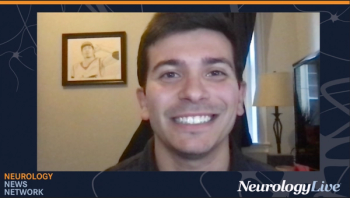
Neurology News Network for the week ending June 25, 2022. [WATCH TIME: 4 minutes]

At least 2 weeks following Evusheld injection, all 18 patients included in the cohort had the highest level of antibody response.
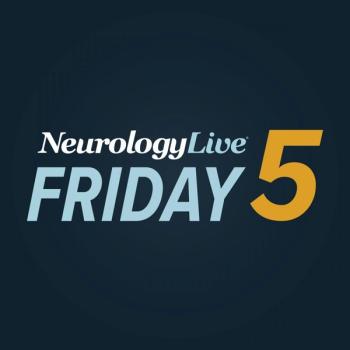
Take 5 minutes to catch up on NeurologyLive®'s highlights from the week ending June 24, 2022.

The associate neurologist at Brigham and Women’s Hospital provided insight on the current state of promising targets in progressive MS and why anti-CD3 therapy might be a new consideration for future trials. [WATCH TIME: 2 minutes]

The decision to stop clinical testing of SRP-5051 in DMD follows a serious adverse event of hypomagnesemia in part B of the phase 2 MOMENTUM trial.
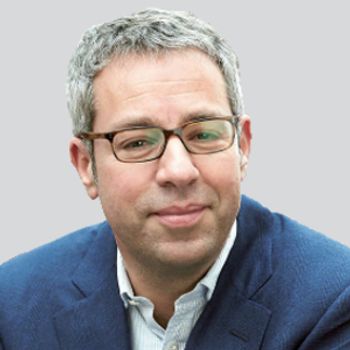
Based on the 35-week interim trial results, AstraZeneca and Ionis will seek regulatory approval for eplontersen and plan to file a new drug application with the FDA in 2022.

After 26 weeks of treatment, those on fosgonimeton alone without acetylcholinesterase inhibitors showed a potentially beneficial change in event-related potential P300 latency, an outcome of working memory processing speed.

The trial was terminated because of the expectation of enrollment not being feasible, driven by the recent CMS national coverage determination. The phase 4 confirmatory ENVISION trial is still ongoing.
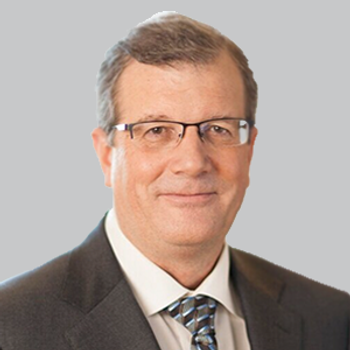
Both the early- and delayed-start tofersen treatment groups demonstrated reductions in SOD1 protein, the intended target for tofersen, and neurofilament, a marker of axonal injury and neurodegeneration.

The director of the Parkinson’s Disease and Movement Disorder Program at Global Neuroscience Institute spoke about her time at the 2022 ATMRD Congress and how successful communication between patients and providers is rooted in accessibility. [WATCH TIME: 2 minutes]

Bradford C. Sippy, the chief executive officer of Tremeau Pharmaceuticals, spoke about the company’s work to reformulate rofecoxib, known now as TRM-201, to treat acute migraine.

Progress in therapeutics and diagnosis over the past decade has dramatically shifted the treatment landscape for this genetic epilepsy and rapidly advanced patient care.

More than $5.2 million in new, unused DMTs were collected from patients with MS over the course of 1 year—from only 1 neuroimmunologist.